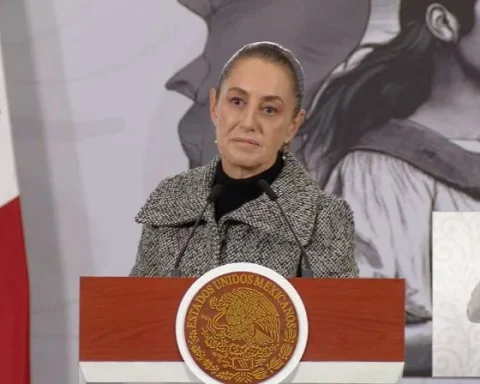The Government provided a subsidy of 376.6 million of pesos to mitigate the impact of the international market on the prices of fuels and protect the economy of Dominican households.
The information was offered this Friday by the Vice Minister of Internal Trade of the Ministry of Industry, Commerce and MSMEs (MICM), Ramón Pérez Fermín.
The decision to maintain the extraordinary subsidy to fuels “responds to the need to cushion the effects of international fluctuations and guarantee the stability of internal prices, indicated the MICM in his weekly ad.
The distribution of allowance per gallondepending on the type of fuelsit will be as follows:
- Liquefied Petroleum Gas (LPG): RD$27.16 per gallon.
- Regular Diesel: RD$17.94 per gallon.
- Optimal Diesel: RD$15.97 per gallon.
- Regular Gasoline: RD$8.86 per gallon.
With the recent amounts officially allocated, the stations of fuels of the country must maintain the price prior to said fuels of greater use, so they will be marketed for week of January 11 to 17 of this 2025:
- Premium Gasoline: RD$290.10 per gallon (no changes).
- Regular Gasoline: RD$272.50 per gallon (price remains the same).
- Regular Diesel: RD$221.60 per gallon (without changes).
- Optimal Diesel: RD$239.10 per gallon (no changes).
- Avtur: RD$205.46 per gallon (increases RD$8.24).
- Kerosene: RD$236.40 per gallon (increases RD$8.90).
- Fuel Oil #6: RD$161.27 per gallon (increases RD$1.64).
- Fuel Oil 1%S: RD$177.54 per gallon (increases RD$4.30).
- Liquefied Petroleum Gas (LPG): RD$132.60 per gallon (no changes).
- Natural gas: RD$43.97 per m³ (without changes).
The ministry indicated that its reference parameter for calculating the impact of the cost of oil is the average exchange rate of the dollar, which was located at 61.38 pesos per dollar, according to the daily publications of the Central Bank of the Dominican Republic (BCRD).
With this effort, the vice minister ensures that the Government reaffirms its commitment to maintaining economic stability and mitigate the effects of the global market in the population and the productive sector.

















